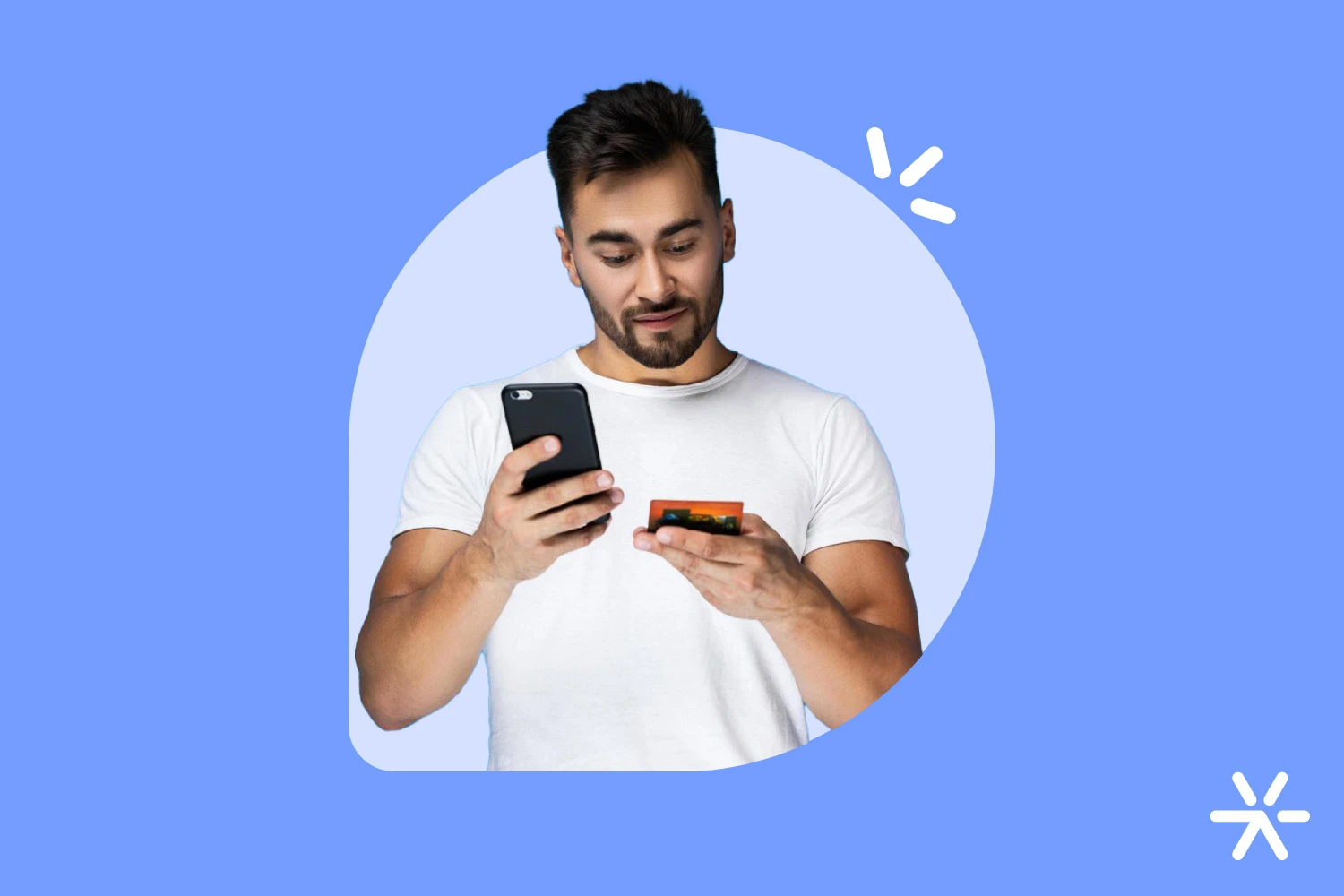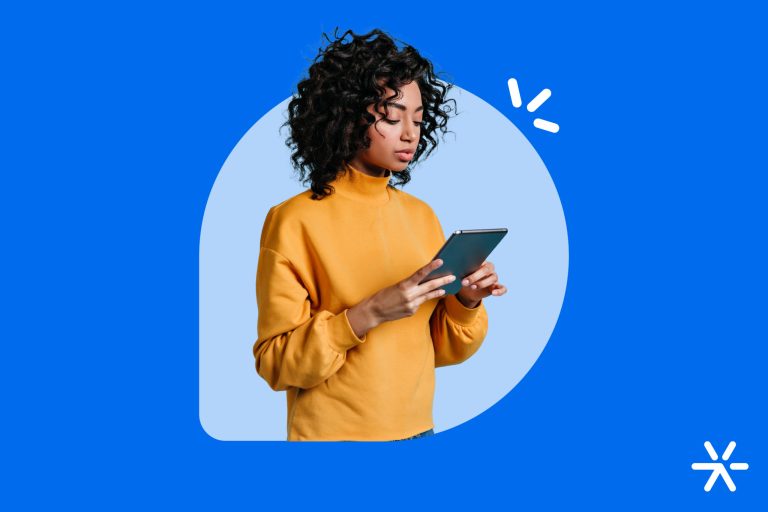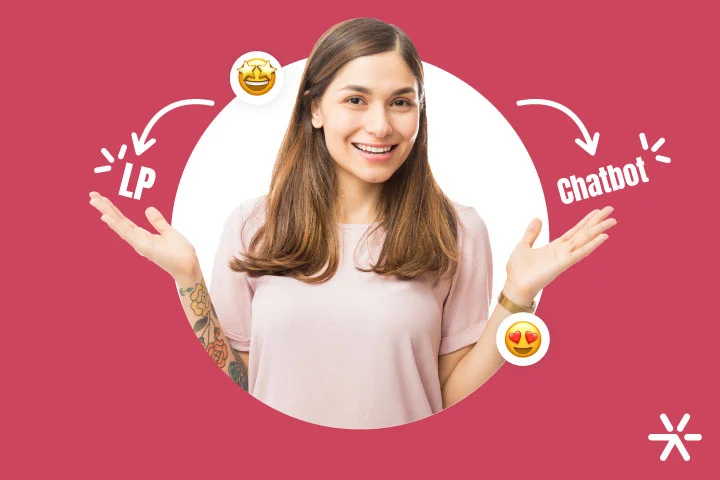How to Triple Your Ad Conversions With Chatbots
Ads are great allies for those seeking short-term results.
However, a reality faced by many companies today is the decrease in conversion rates through advertisements, even with increasingly high investments.
How to reverse this situation and attract users’ attention?
The scenario is favorable to investments in CRO (Conversion Rate Optimization) and Conversational Marketing as ways to convert those who visit the site through various channels, including paid media.
Learn more about this trend by continuing your reading.
Why aren’t ads working anymore?
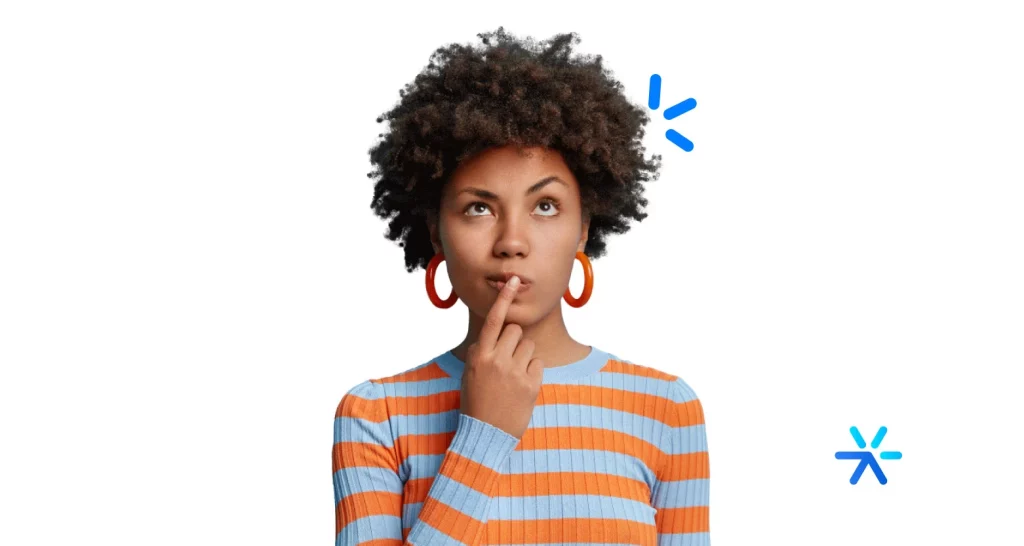
The surge in internet advertising inflation isn’t the sole factor driving brands to explore other alternatives.
In addition to the higher costs, the visitor’s attention window is also more fiercely contested and therefore reduced.
Furthermore, despite numerous advertising channel options, audience concentration is high in two main platforms: Google Ads and Facebook Ads.
This concentration, coupled with high demand and competition, drives up costs per click (CPC), campaign media investment, Customer Acquisition Cost (CAC)…
According to Google’s own data (2020), for every dollar invested in Google Ads, companies can expect a return of two dollars – provided the campaign is properly executed.
Other issues such as the General Data Protection Regulation (GDPR), cookie and privacy regulations, low lead engagement and interaction with campaigns, and landing pages further diminish conversion rates from investments made.

The Conversion Power of Conversational Marketing
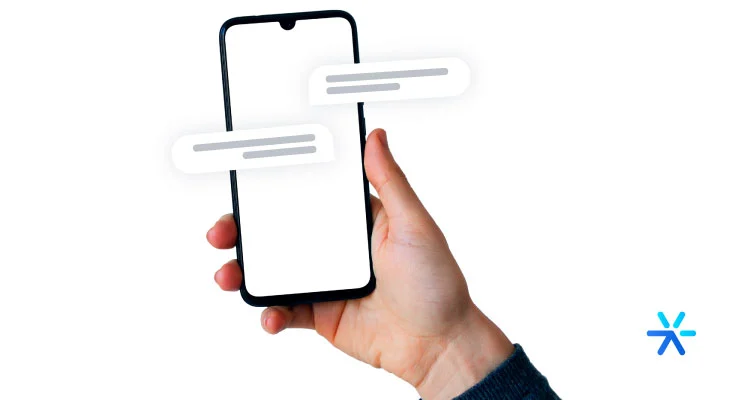
For these reasons, companies need to make the most of the attention they’ve garnered, whether through paid or organic website visits, ensuring that a greater number of visitors become leads.
And this equation only works with one determining factor: an increase in conversion rates.
To improve this outcome and, consequently, create new business opportunities, two other strategies come into play: conversion optimization and Conversational Marketing.
Conversational Marketing is one of the most potent strategies for lead generation, as well as assisting in sales, customer service, and support processes.
Through tools such as virtual assistants and chatbots, using technologies like Big Data and Artificial Intelligence, it brings visitors, leads, and customers into interactive conversations, capturing data, qualifying, and generating engagement, satisfaction, and improvement in the consumer experience.
These tools enhance conversion rates since they are more appealing than static forms and make users more comfortable providing contact information through personalized service and smoother dialogue between the brand and the consumer.
To bring results data, nothing beats what we know best: with Leadster’s chatbot, brands increase lead generation by up to three times.
How a Chatbot Increases Conversion from Your Ads
The chatbot, as the central tool of this type of strategy, enables real-time, personalized dialogue between the brand and consumers, simulating human interaction and assisting consumers in different stages of the sales funnel.
Understand the elements that contribute to increasing conversion rates:
User Tracking Configuration
Through these tools, it’s possible to track user origin, understand which pages are of interest, and analyze other browsing behaviors to offer conversion hooks that meet their needs and interests.
Customizes Calls and Interactions
Chatbots, utilizing the aforementioned data, enable the personalization of interactions, from the initial call to the CTA, according to user needs and responses.
As the tool is consumer-centric, it can deliver what the visitor wants in the simplest and quickest manner possible.
Performs Integrations
You can continue marketing and sales efforts by nurturing and qualifying leads, distributing contacts to the sales team, and accessing complete histories since the first interaction.
Choose platforms that offer integrations with other tools used by your brand.
Conducts A/B Testing
By conducting an A/B test with your chatbot, you present two versions of approach with slight modifications such as text elements, visuals, or even functionality.
Both versions are applied to the audience during a testing period, and then the one with the best performance becomes fixed.
A/B testing not only allows investment in the more successful version of the material but also increases conversion rates.
Monitors Performance and Provides Insights
Furthermore, through all the resources we’ve mentioned, brands can track the most important metrics and understand what works best with the website’s audience, including the volume and origin of their leads, in real-time, using chatbots.
These insights serve not only the Conversational Marketing strategy but also the multi-channel marketing strategy. Decision-making is thus based on data collection and analysis.
Many tools even provide access to dashboards and report extraction with results, making the analysis process even easier.
Start exploring these resources now and rely solely on ads to maximize your results.
Need one last argument?
On average, chatbots convert 20% better than a landing page with a static form.
That’s just how the cookie crumbles. Over the whole article we explored the why, but now you need to see for yourself.
I mean really. Do the test and then come back here with the results. Post them to the comments for all to see – even if they are bad ones.
I know they won’t be bad. But I’ll let you figure that out, ok? I’ll be waiting. Thanks for reading and we’ll see each other again soon 😉


